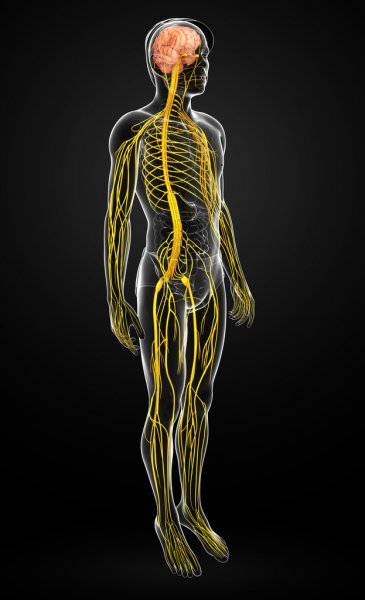Times Of Education Gk
What is immune system?
IMMUNE SYSTEM:
The process by which the body of an organism recognizes and fights invasion of microorganisms, viruses, and other substances (antigens) that may be harmful to the body; the total time from recognition of the intrusion to attack or tolerance of the antigen.
Main Parts of immune system:
White blood cells (WBC)
Antibodies
Complement system
Lymphatic system
Spleen
Bone marrow
Thymus
WBC(White Blood Cells):
A type of blood cell that contains a nucleus but has no pigment. White blood cells (WBC) are found in the blood and are involved in defending the body against infective organisms and foreign substances. They are produced in the bone marrow along with other types of blood cells. There are five types of white blood cell within two main groups, and each has its own characteristics. The polymorphonuclear or granulocyte group comprises the neutrophils, eosinophils, and basophils. The mononuclear group comprises the monocytes and lymphocytes. White blood cells are the main attackers of foreign substances as part of the immune system. Neutrophils move out of the blood vessels into the infected tissue and engulf the foreign substances (phagocytosis). Eosinophils migrate to body tissues and release toxic substances to kill foreign substances. Basophils, also called granular leukocytes, digest foreign objects from granules containing toxic chemicals. Monocytes, which contain chemicals and enzymes, ingest dead cells through phagocytosis and develop into macrophages (large white blood cells) as they migrate into various tissues. Lymphocytes, which inhabit the blood, produce antibodies and cells that go after foreign substances. Lymphocytes subtypes are B cells, T cells, NK cells, and null cells.
Antibodies:
A soluble immunoglobulin blood protein produced by the B cells, white blood cells, that develop in the bone marrow (also known as B lymphocytes, plasma cells) in response to an antigen (a foreign substance). Antibodies are produced in response to disease and help the body fight against a particular disease by binding to the antigen and killing it, or making it more vulnerable to action by white blood cells. They help the body develop an immunity to diseases.for brief information please click below:
https://timeofeducationgk.blogspot.com/2020/05/antibody.html?m=1
Complement system:
A set of 30 glycoproteins in the blood serum in the form of components, factors, or other regulators that work at the surface of cells as receptors. Inactive until activated by immune responses, the system acts to dissolve and remove immune complexes and kill foreign cells.
Lymphatic system:
What is lymph?
lymph A clear, colorless, watery fluid that contains white blood cells and antibodies. Lymph bathes the tissues, passes through lymph-node filters and returns to the blood stream. The Lymphatic system: is a system of vessels and lymph nodes that returns fluid and protein to the blood, and it is separate from but parallel to the circulatory system. Lymph flows through lymph nodes and is transformed into lymphocytes, a special kind of white blood cell that helps create the immune system and comprises up to 50 percent of all white blood cells.
Spleen:
The spleen is located in the upper left quadrant of the abdomen. It has two main functions, acting as part of the immune system and as a filter. There are two distinct components of the spleen, the red pulp and the white pulp. It plays an important role in immune system activities as part of the lymphatic system.
Bone marrow:
soft tissue at the center of the bones which produces blood cells.
Thymus:
A major component of the lymphatic system. In the thymus, lymphoid cells undergo a process of maturation and education prior to release into circulation. This process allows T cells to develop self-tolerance (distinguishing self from nonself). While developing in the thymus gland, any T cell that reacts to the thymus’s major histocompatibility complex (MHC) is eliminated. T cells that tolerate the MHC learn to cooperate with cells expressing MHC molecules and are allowed to mature and leave the thymus. The result is that surviving T lymphocytes tolerate the body’s cells and cooperate with them when needed. However, some T lymphocytes lose this ability to differentiate self from nonself, which results in the autoimmune diseases such as systemic lupus erythematosus or multiple sclerosis.
Thanks for visiting our website.We hope you learn something here.our posts are in pending we will post them soon,we will do our best to present you Science and General Knowledge.
Subscribe our website for more posts
Follow us on Facebook:
https://www.facebook.com/timesofeducationgk/
Follow us on YouTube:
https://www.youtube.com/channel/UCtUi61CP-1JbgBhjX47ws5Q
Our Pinterest:
https://www.pinterest.com/TIMEOFEDUCATION/
Popular Posts
Recent Keyword
Categories
Contact Us
Copyright ©
TIMES OF EDUCATION GK










0 Comments